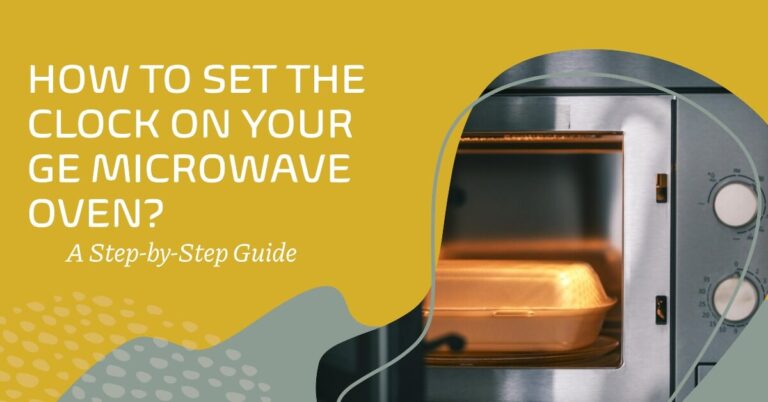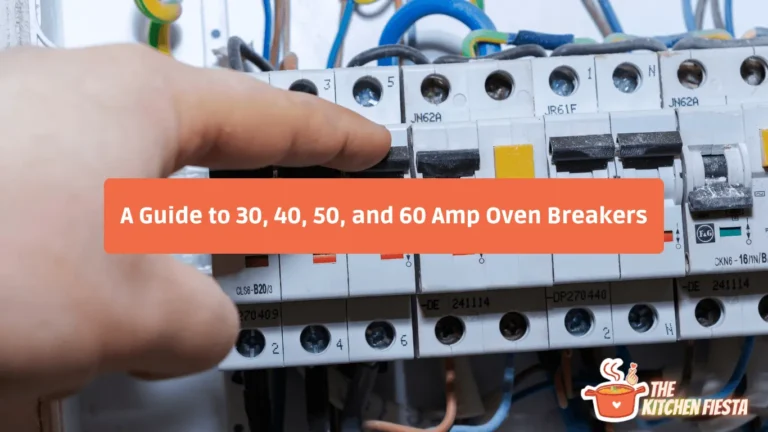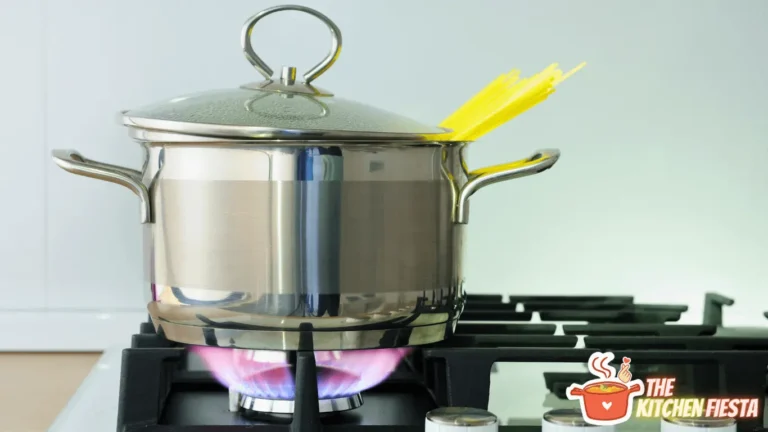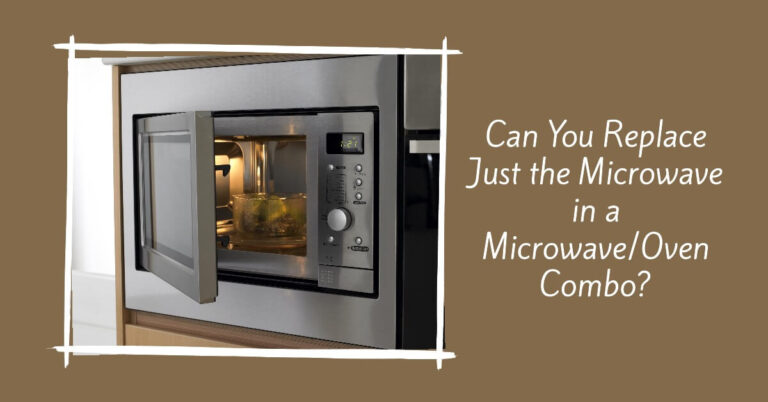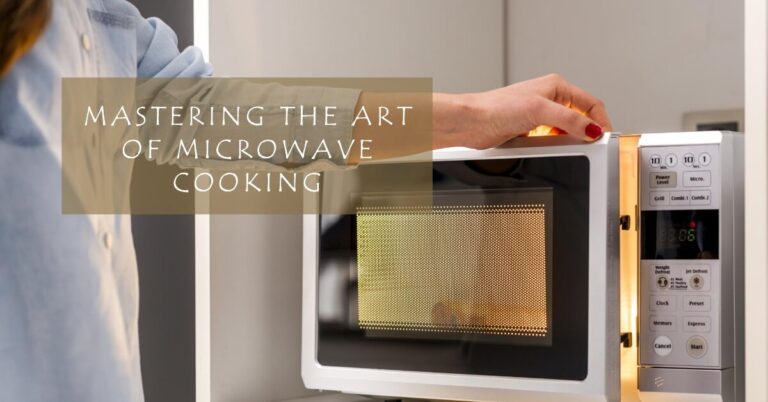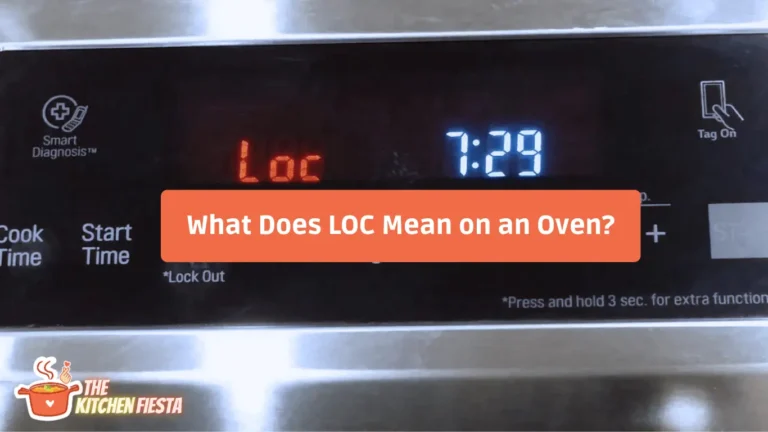Gas vs. Electric Ovens: Which is Better for Baking Cakes?
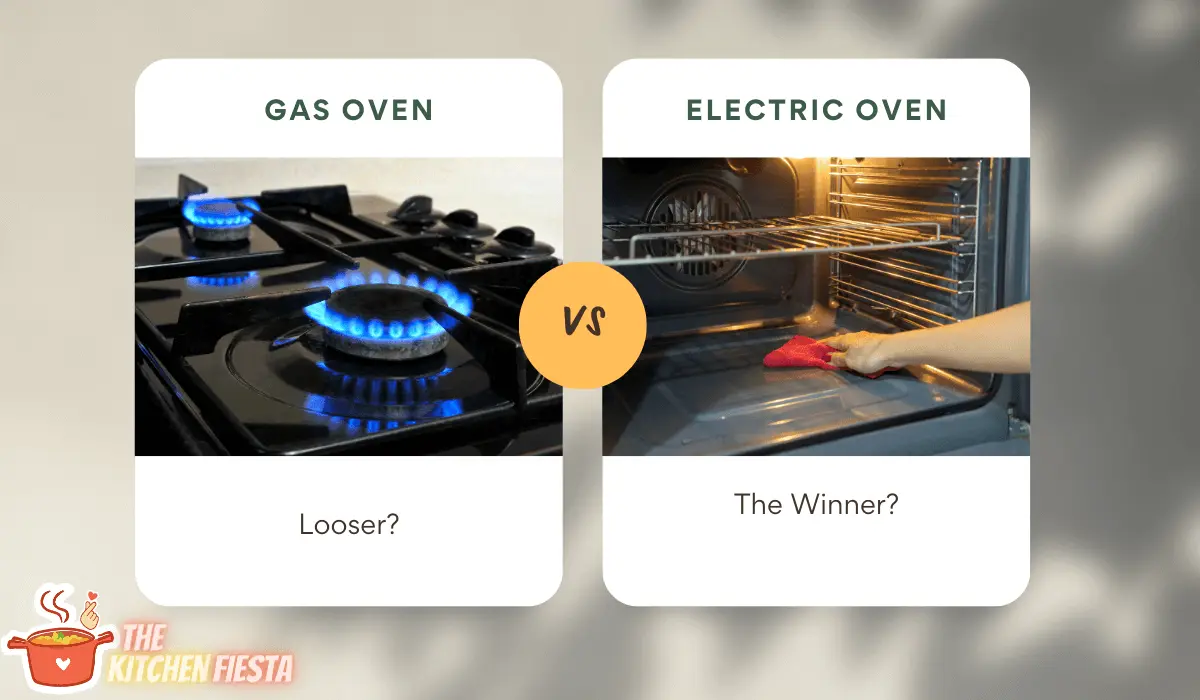
When it comes to baking soft, moist cakes with tender crumb and lightly browned crusts, the type of oven you use can make all the difference. But which is better – a gas or electric oven? In short, both gas and electric ovens can bake amazing cakes with proper techniques – but they heat and circulate air differently. Read on to learn how to unlock the cake baking potential of your gas or electric oven!
Baking the perfect cake requires mastery of both technique and tools. And your oven – be it gas or electric – plays a starring role in cake outcomes. From evenly distributed heat for thorough baking to internal moisture retention, your oven can make or break a cake.
In this complete guide, you’ll learn:
- The key differences between how gas and electric ovens heat up and circulate air
- Which type of oven offers better temperature control and heat distribution
- How oven humidity impacts cake texture and rise
- Tips to maximize your oven’s cake baking performance
- How to adapt recipes and techniques to a gas or electric oven for cake success!
First let’s look at what makes gas and electric ovens unique, and why it impacts cake baking results.
Gas vs Electric Ovens: What’s the Difference?
Gas and electric ovens heat and circulate air differently inside the oven chamber. This influences moisture retention, rising, and texture development in delicate cakes.
How Gas Ovens Work
Gas ovens use natural gas or propane for fuel. They heat up via an open gas flame located at the bottom of the oven. This flame emits hot air and water vapor that rise and circulate through the oven chamber.

The combustion process creates moist, humid air and radiant heat that surrounds food placed on the racks above. The water vapor and circulating airflow promotes steam which can enhance rise and keep cakes moist.
Gas ovens tend to heat foods more rapidly from the direct open flame. They can reach baking temperatures faster than electric models. The intense bottom heat also makes gas ovens great for pizza, breads, and pastries that need a crisp crust.
However, gas oven temperatures may fluctuate more during baking. As the flame cycles on and off to maintain heat, temperatures can vary by 25-50 degrees F.
How Electric Ovens Work
Electric ovens use heating elements powered by electricity to generate heat. Electric coils or panels made of metal alloys heat up when electrical current is applied.
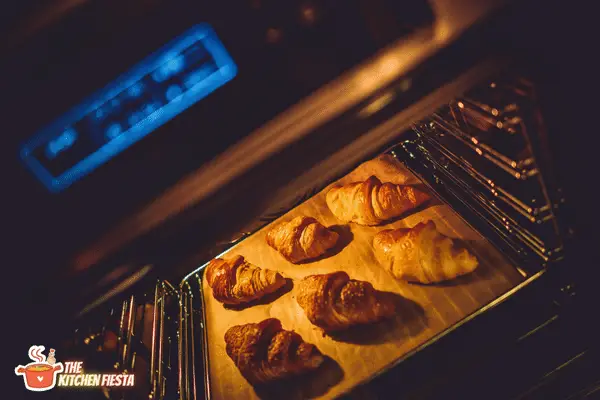
These elements are located at the top and bottom or back of the oven cavity. They emit dry radiant heat that warms the surrounding air and oven surfaces.
Electric ovens don’t rely on an open flame, so they provide a much dryer baking environment. This can intensify browning and crisping. But drier air also evaporates moisture, which can make achieving a moist tender cake crumb more challenging.
However, electric ovens tend to heat more evenly and steadily than gas. The thermostats and heating elements allow precise regulation of temperatures. Electric ovens are less prone to hot and cold spots.
Now that you know how gas and electric ovens differ, let’s look at how these functional contrasts impact cake baking results.
Heat Distribution in Gas vs Electric Ovens
When baking cake layers or delicate cakes like genoise, even heat distribution is crucial. Hot spots lead to uneven cooking, while cool zones prevent proper leavening and texture development.
Electric ovens tend to heat more evenly than gas. Their enclosed heating elements emit steady, radiant heat from the top and bottom. This allows consistent air temperatures throughout the oven cavity.
Gas ovens rely on an open flame, which can create more temperature variability. The intense bottom heat from the gas burner leaves hotter zones around the bottom of the oven. The top area and door zones will be cooler in comparison.
However, gas ovens can achieve more even heating through proper rack placement and rotation. Place bakeware directly in the center of the oven, with at least a few inches between pans. Rotate midway through baking to allow equal exposure to hotter and cooler zones.
Using multiple racks while baking cakes can also improve heat circulation. Stagger racks to allow ample space between pans. The increased airflow will distribute heat more uniformly around bakeware.
Temperature Control With Gas vs Electric Ovens
Delicate cakes require precise temperature control for proper leavening, moisture retention, and texture. Even a small fluctuation of a few degrees can impact the cake.
Electric ovens often maintain temperatures more accurately during baking. Their thermostats and heating elements regulate heat tightly. Once preheated, the set temperature stays steady.
Gas ovens see more temperature variability as the flame cycles on and off. This can cause fluctuations of 25-50 degrees F, a significant swing for cakes. The temperature drops as the flame kicks off, then surges high as it reignites.
Investing in an oven thermometer can help monitor fluctuations. Test electric ovens to verify the settings match the interior temperature. For gas ovens, the thermometer lets you track cycles and identify the actual average temperature during baking.
Maintaining proper, steady oven heat takes extra diligence with gas appliances. Adjust temperature settings to account for fluctuations up or down. Watch oven temperatures closely, especially for longer recipes.
The Impact of Humidity on Cakes
The amount of humidity in your oven also impacts the process of baking cakes. Gas ovens tend to provide more moist baking conditions than electric.
Gas ovens generate humidity from the combustion of gas. The open flame produces hot water vapor that infuses the oven cavity. This extra moisture in the air helps slow down moisture loss from cakes during baking.
Electric ovens have a much drier baking environment. Their heating elements don’t yield added water vapor. So cakes and other baked goods lose moisture more rapidly to evaporation in an electric oven.
The humid conditions in gas ovens can promote more rising, especially in wet batters like genoise sponges. Moisture converts to steam, which helps leaven delicate cakes.
If your electric oven produces dry cakes, you can add a water pan during baking to boost humidity. Place a rimmed baking sheet with 1-2 cups of hot water on the lowest rack. The evaporating water will moisten the surrounding air.
Gas Oven vs Electric: Which is Better For Baking?
With all these factors at play, can we definitively say if gas or electric ovens perform better for cake baking?
The answer is that both gas and electric ovens can produce phenomenal cake results with careful use. The key is understanding how to make the most of your particular appliance.
Here are some general benefits of gas and electric ovens when it comes to cakes:
Benefits of Gas Ovens for Cakes
- Moist baking environment prevents excessive drying
- Good for delicate egg-leavened cakes like sponge that need humidity
- Fast preheating and heat recovery for timed layer cake batches
- Intense bottom heat for even browning and crust formation
Gas Oven Disadvantages
- Prone to greater temperature fluctuations as flame cycles on/off
- Potential uneven heating and hot spots from bottom gas flame
- Harder to maintain precise, steady baking temperatures
- Can overbrown cakes placed near bottom of oven
Benefits of Electric Ovens for Cakes
- Very accurate thermostat settings and temperature regulation
- Even, relatively stable heat mitigates hot and cool spots
- Great for cheesecakes that require slow, low baking without drafts
- Can add humidity accessories to compensate for dry heat
Electric Oven Disadvantages
- Dry baking environment can quickly dry out delicate cakes
- Slower to preheat fully to recommended baking temperature
- Opening the door causes more temp fluctuations than gas ovens
- Bake times may need to be extended to account for lower humidity
Now let’s look at some specific tips to master your gas or electric oven for cake excellence.
Tips for Baking Cakes in a Gas Oven
While gas ovens bring helpful humid heat for cakes, you need to account for potential uneven temperatures. Follow these tips when baking cakes in a gas oven:
- Invest in an oven thermometer to track temperature fluctuations
- Open the oven door as little as possible to minimize heat loss
- For sheet cakes, use racks set in the middle to center pans
- For layer cakes, use the middle and lower thirds of oven
- Rotate pans halfway through baking, swapping rack positions
- Adjust oven temperature 25 degrees lower if cakes are browning too fast
- Add 5-15 extra minutes to recipe bake times if needed
Watch oven temperatures diligently, especially during preheating. Cakes need the full rising heat right from the start for best results. Extend baking times to account for any dips in the temp when the gas cycles off.
Tips for Baking Cakes In an Electric Oven
While electric ovens provide steady, even heat, their arid conditions can quickly dry out cakes. Follow these tips when using your electric oven:
- Add a water pan for humidity, especially for egg-leavened cakes
- Avoid opening the oven door until minimum bake time is reached
- Preheat the oven fully before baking; don’t slide pans into a warming oven
- Use metal bakeware, which conducts heat better than glass or ceramic
- Set oven racks in the middle to center pans and promote air flow
- Rotate pans halfway through bake, moving top pan to lower rack
- Add baking time in 3-5 minute increments if needed for doneness
- Test for doneness at least 5 minutes before minimum recipe time
Monitor oven temperatures using an oven thermometer placed in the center. Check occasionally to ensure the thermostat is maintaining the target temp, even in a newer electric oven.
Gas vs Electric Ovens: Equipment to Maximize Baking Results
You can also invest in some handy oven accessories to boost the cake baking performance of either appliance.
Baking Stones
Baking stones help regulate oven temperatures and enhance browning in both gas and electric ovens. The thick stones absorb, retain, and radiate heat evenly. Place a stone on the lowest rack; it will heat up serve as an insulation barrier.
The stones allow the oven temperature to stay steady while baking, minimizing fluctuations in gas ovens. They also crisp up the bottom crust of cakes beautifully.
Sheet Pans and Cooling Racks
Use heavy-gauge aluminum half-sheet pans, which conduct heat efficiently for even baking. Once cool, transfer cakes to a wire rack so air can circulate underneath for moisture evaporation. This prevents a soggy bottom crust.
Oven Thermometer
An accurate in-oven thermometer lets you assess how well your oven maintains the set temperature. You can identify hot and cool spots as well as temperature swings. Use the data to adjust baking times and temperatures to suit your oven.
Silicone Baking Mats
These reusable, flexible mats provide nonstick surfaces for evenly baked cake layers. They save you from greasing and flouring pans! The mats gently release cakes with no sticking.
Cake Baking Tips for Gas and Electric Ovens
Now that you know how gas and electric ovens work, utilize these general tips for best cake outcomes:
- Allow oven to fully preheat before baking; don’t slide batter into a warming oven
- Use middle or lower racks to center pans; stagger multiple racks evenly
- Set oven thermometer on center rack to monitor temperature
- Avoid opening oven door until minimum bake time is reached
- Rotate pans halfway through baking, swapping their oven positions
- Check for doneness at least 5 minutes before minimum recipe time
- Add baking time in 3-5 minute increments if cake needs more time in the oven
- Let cake layers cool fully on a wire rack before frosting and assembling
Learn your oven’s quirks through trial batches to identify any hot spots or temperature issues. Vary bake times and rack positions to suit your appliance.
Factors To Consider When Choosing Between Gas And Electric Ovens
If you’re in the process of selecting a new oven, there are several factors to weigh when deciding between gas or electric models for your cake baking needs.
Budget – Gas ovens tend to be more affordable upfront than electric models. However, gas ovens require a gas line to be run to your kitchen if you don’t already have one. This can add on additional costs. Electric ovens just need access to an electrical outlet.
Energy Efficiency – Electric ovens are generally more energy efficient than gas, especially when it comes to maintaining even, steady baking temperatures. This can translate to lower operating costs in the long run.
Temperature Control – As discussed earlier, electric ovens offer superior thermostat accuracy and tight regulation of temperatures during baking. This makes them ideal for cakes.
Existing Kitchen Setup – If your kitchen is already equipped with a gas line and you have other gas appliances, sticking with a gas oven could make the most sense.
Home Ventilation – Gas ovens release combustion byproducts like carbon monoxide. Your kitchen needs an external venting hood above the oven range to safely remove these.
Oven Capacity – Both gas and electric ovens come in a range of sizes and capacities. Consider the batch sizes you plan to bake most often.
Oven Features – Evaluate options like convection fans, bottom heating elements, double ovens, warming drawers and more. Assess what features would prove most useful.
Think about your usage, space constraints, and cooking needs as you weigh gas vs. electric. And give the ovens a test bake if you can!
Gas or Electric Oven – You Can Bake Cakes with Either!
Whether you have a gas or electric model, your home oven can bake phenomenal, delicious cakes with care and practice. Understand how it uniquely heats and circulates air to adapt recipes as needed.
Use the tips here to maximize your oven’s strengths while compensating for quirks. With a quality recipe, handy tools, and these gas or electric oven techniques, you’ll be enjoying tender, softly crumbed cakes in no time.
Now preheat your oven, prepare your pans, and let’s get baking! What decadent cake will you try first?

